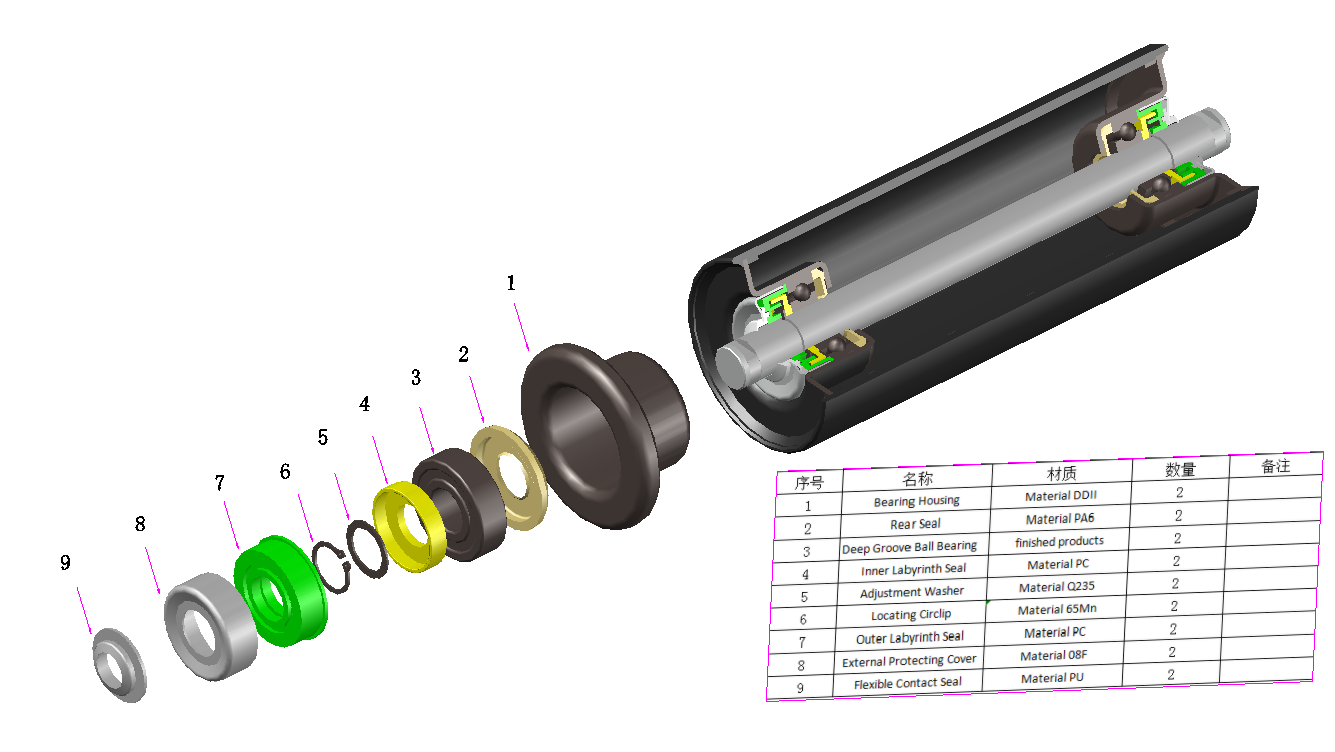 Afrikaans
Afrikaans  Albanian
Albanian  Amharic
Amharic  Arabic
Arabic  Armenian
Armenian  Azerbaijani
Azerbaijani  Basque
Basque  Belarusian
Belarusian  Bengali
Bengali  Bosnian
Bosnian  Bulgarian
Bulgarian  Catalan
Catalan  Cebuano
Cebuano  Corsican
Corsican  Croatian
Croatian  Czech
Czech  Danish
Danish  Dutch
Dutch  English
English  Esperanto
Esperanto  Estonian
Estonian  Finnish
Finnish  French
French  Frisian
Frisian  Galician
Galician  Georgian
Georgian  German
German  Greek
Greek  Gujarati
Gujarati  Haitian Creole
Haitian Creole  hausa
hausa  hawaiian
hawaiian  Hebrew
Hebrew  Hindi
Hindi  Miao
Miao  Hungarian
Hungarian  Icelandic
Icelandic  igbo
igbo  Indonesian
Indonesian  irish
irish  Italian
Italian  Japanese
Japanese  Javanese
Javanese  Kannada
Kannada  kazakh
kazakh  Khmer
Khmer  Rwandese
Rwandese  Korean
Korean  Kurdish
Kurdish  Kyrgyz
Kyrgyz  Lao
Lao  Latin
Latin  Latvian
Latvian  Lithuanian
Lithuanian  Luxembourgish
Luxembourgish  Macedonian
Macedonian  Malgashi
Malgashi  Malay
Malay  Malayalam
Malayalam  Maltese
Maltese  Maori
Maori  Marathi
Marathi  Mongolian
Mongolian  Myanmar
Myanmar  Nepali
Nepali  Norwegian
Norwegian  Norwegian
Norwegian  Occitan
Occitan  Pashto
Pashto  Persian
Persian  Polish
Polish  Portuguese
Portuguese  Punjabi
Punjabi  Romanian
Romanian  Russian
Russian  Samoan
Samoan  Scottish Gaelic
Scottish Gaelic  Serbian
Serbian  Sesotho
Sesotho  Shona
Shona  Sindhi
Sindhi  Sinhala
Sinhala  Slovak
Slovak  Slovenian
Slovenian  Somali
Somali  Spanish
Spanish  Sundanese
Sundanese  Swahili
Swahili  Swedish
Swedish  Tagalog
Tagalog  Tajik
Tajik  Tamil
Tamil  Tatar
Tatar  Telugu
Telugu  Thai
Thai  Turkish
Turkish  Turkmen
Turkmen  Ukrainian
Ukrainian  Urdu
Urdu  Uighur
Uighur  Uzbek
Uzbek  Vietnamese
Vietnamese  Welsh
Welsh  Bantu
Bantu  Yiddish
Yiddish  Yoruba
Yoruba  Zulu
Zulu conveyor belt idlers
Understanding Conveyor Belt Idlers Essential Components for Efficient Material Handling
Conveyor belts are a fundamental part of material handling systems in various industries, ranging from mining and manufacturing to logistics and distribution. One of the critical components that ensure the efficiency and longevity of these systems is the conveyor belt idler. This article aims to explore the function, types, and importance of conveyor belt idlers in enhancing the performance of conveyor systems.
What are Conveyor Belt Idlers?
Conveyor belt idlers are rollers that support the conveyor belt as it moves materials from one location to another. These components play a crucial role in maintaining the proper alignment of the belt, reducing friction, and facilitating smooth movement. Idlers are strategically placed throughout the length of the conveyor system, which helps in distributing the weight of the conveyed material evenly and minimizing wear on the belt itself.
Functions of Conveyor Belt Idlers
1. Support and Alignment Idlers are designed to keep the conveyor belt aligned and supported. This helps prevent belt sagging and misalignment, which can lead to operational inefficiencies and potential breakdowns.
2. Reducing Friction By providing a smooth surface for the belt to glide over, idlers significantly reduce friction. This not only helps in minimizing energy consumption but also extends the life of the conveyor belt.
3. Load Distribution Idlers assist in distributing the weight of the conveyed materials evenly across the belt. This ensures that the load is balanced, reducing the risk of damage to both the belt and the materials being transported.
4. Impact Absorption In heavy-duty applications, idlers can be equipped with features that serve as shock absorbers. This helps in mitigating the impact of heavy loads that can otherwise cause conveyor belt damage or misalignment.
Types of Conveyor Belt Idlers
conveyor belt idlers

Conveyor belt idlers come in various designs and configurations to suit different applications and materials being transported. Some of the most common types include
1. Standard Idlers These are the most basic form of idlers, typically made from steel or plastic. They are suitable for general-purpose applications and can be used in various industries.
2. Impact Idlers Designed to absorb the shock of heavy loads, impact idlers are usually situated at loading points. They have specialized features to cushion the impact, preventing damage to the belt.
3. Return Idlers Located on the return side of the conveyor, return idlers support the belt as it carries material back to the loading area. They help maintain the belt’s tension and alignment.
4. Specialty Idlers These are designed for specific applications, such as adjusting the belt’s angle or facilitating the transportation of specific materials, including sticky or hazardous substances.
Importance of Conveyor Belt Idlers
The significance of conveyor belt idlers cannot be overstated. They are essential for maintaining optimal performance and efficiency in conveyor systems. Poorly functioning or worn-out idlers can lead to various issues, such as increased energy costs, production delays, and safety hazards. Regular maintenance and timely replacement of idlers are crucial for preventing these problems and ensuring lasting performance.
The choice of the right idler type, along with accurate installation and regular maintenance practices, will significantly enhance the reliability and efficiency of any conveyor system. Industries that rely on heavy material transport can particularly benefit from investing in high-quality idlers.
Conclusion
In summary, conveyor belt idlers are crucial components that significantly influence the efficiency, longevity, and safety of material handling systems. By understanding their functions, types, and importance, industries can make informed decisions that lead to improved productivity and reduced operational costs. As technology continues to advance, the design and materials used in idlers will evolve, further optimizing the performance of conveyor systems around the world. Proper attention to these essential components can lead to smoother operations, increased output, and enhanced profitability overall.
-
Revolutionizing Conveyor Reliability with Advanced Rubber Lagging PulleysNewsJul.22,2025
-
Powering Precision and Durability with Expert Manufacturers of Conveyor ComponentsNewsJul.22,2025
-
Optimizing Conveyor Systems with Advanced Conveyor AccessoriesNewsJul.22,2025
-
Maximize Conveyor Efficiency with Quality Conveyor Idler PulleysNewsJul.22,2025
-
Future-Proof Your Conveyor System with High-Performance Polyurethane RollerNewsJul.22,2025
-
Driving Efficiency Forward with Quality Idlers and RollersNewsJul.22,2025





























